Table of Contents
Figures of speech are interesting language elements that make writing and speaking more colorful. They are used to add creativity by comparing things or giving objects human traits.
For example, a metaphor is used to compare two different things, like “time is a thief,” while personification gives human actions to non-living things, like “the wind whispered.” Learning these language tricks can make your words more engaging and expressive.
What is a Figure of Speech?
A figure of speech is a creative way of using language that goes beyond literal meaning. It makes ideas more vivid, engaging, and memorable through comparisons, exaggerations, or unusual meanings.
Example Sentences:
Metaphor – Time is a thief that steals our moments.
Simile – Her smile was as bright as the sun.
Hyperbole – I’ve told you a million times to clean your room!
Types of Figures of Speech
1۔ Simile:
A simile compares two things using like or as to make descriptions vivid.
- She was as busy as a bee.
2۔ Metaphor:
Metaphors make direct comparisons between two unrelated things to highlight similarities.
- Time is money.
3۔ Personification:
This figure of speech attributes human qualities or actions to non-human entities.
- The wind whispered through the trees.
4۔ Hyperbole:
Hyperbole involves exaggeration for emphasis.
- I’ve told you a million times
5۔ Onomatopoeia:
Onomatopoeia uses words that imitate sounds.
- Buzz,” “meow,” and “hiss
6۔ Alliteration:
Alliteration repeats the initial consonant sounds in a series of words.
- Sally sells seashells by the seashore
7۔ Irony:
Irony is a contrast between expectation and reality. Verbal irony is when someone says one thing but means another,
- Nice weather” on a rainy day.
8۔ Oxymoron:
Oxymorons are combinations of contradictory or opposing words,
- bittersweet” or “jumbo shrimp.
9۔ Pun:
A pun uses a word or phrase with multiple meanings to create humor or wordplay.
- Time flies like an arrow; fruit flies like a banana.
10۔ Anaphora:
Anaphora is the repetition of a word or phrase at the beginning of successive sentences or clauses for emphasis.
- We shall fight in the fields, we shall fight in the streets, we shall fight in the hills.
11. Epistrophe:
This is the counterpart of anaphora, where a word or phrase is repeated at the end of successive sentences or clauses.
- When I was a child, I spoke as a child, I understood as a child.
12. Euphemism:
Euphemism involves using a mild or less direct word or phrase to replace a harsh or blunt one.
- passed away” instead of “died.
13.Paradox:
A paradox is a statement that appears contradictory but may be true,
- Less is more.
14. Synecdoche:
Synecdoche uses a part of something to represent the whole or vice versa.
- all hands on deck” where “hands” represent the whole crew.
15. Metonymy:
Metonymy is a figure of speech in which one word is substituted with another with which it has a close association.
- The White House issued a statement.
16. Apostrophe:
Apostrophe is a figure of speech where the speaker directly addresses an absent person or an abstract concept.
- O, Death, where is thy sting?
17. Antithesis:
Antithesis involves contrasting two opposing ideas or words in a balanced or parallel structure,
- To be or not to be.
18. Chiasmus:
In chiasmus, the arrangement of words in a sentence mirrors another sentence’s arrangement, but in reverse order, creating a crisscross effect.
- Ask not what your country can do for you, ask what you can do for your country.
19. Litotes:
Litotes is a form of understatement where a positive assertion is made by negating its opposite.
- She’s not unkind” means she is kind.
20. Assonance:
Assonance is the repetition of vowel sounds within words in close proximity.
- The rain in Spain falls mainly on the plain.
21. Consonance:
Consonance is the repetition of consonant sounds within or at the end of words in close proximity,
- pitter-patter” or “bit a rat.
22. Allusion:
An allusion is a brief and indirect reference to a person, place, thing, or idea from history, literature, or popular culture,
- He had the strength of Hercules.
23. Aposiopesis:
Aposiopesis is a figure of speech where a sentence is deliberately left incomplete, often for dramatic effect.
- I was going to say, if you don’t stop that…
24. Zeugma:
Zeugma involves a single word that governs or modifies two or more words but is used differently with each word to create a clever or witty effect.
- She stole my heart and my wallet.
25. Pleonasm:
Pleonasm involves using more words than necessary to express an idea, often for emphasis or redundancy.
- free gift.
26. Syllepsis:
Syllepsis is a figure of speech where a single word is applied to two or more other words but must be understood differently in relation to each.
- He stole my heart and my pen.
27. Epanalepsis:
Epanalepsis is the repetition of a word or phrase at the beginning and end of a sentence.
- The king is dead, long live the king!
28. Procatalepsis:
Procatalepsis is a figure of speech in which an argument or objection is anticipated and addressed. It’s often used to strengthen one’s position in an argument.
29. Enjambment:
Enjambment occurs when a sentence or phrase runs from one line of poetry to the next without a pause or a stop at the end of the line.
30. Paralipsis:
Paralipsis is when you state that you’re not going to talk about a topic but then proceed to mention it. It’s often used to subtly bring up sensitive subjects.
31. Aporia:
Aporia is a figure of speech that expresses doubt or confusion for rhetorical effect. It’s often used to raise questions without providing direct answers.
32. Bathos:
Bathos is a sudden shift from high or serious language to low or mundane language for humorous or ironic effect. It’s often used in literature and comedy.
33. Cacophony:
Cacophony is the use of harsh, discordant sounds in language for artistic effect, often to create a jarring or unsettling atmosphere.
34. Epanodos:
Epanodos is a figure of speech in which a word or phrase is repeated in reverse order for emphasis.
- Love’s fire heats water, water cools not love.
35. Periphrasis:
Periphrasis is a figure of speech where longer, more complex words or phrases are used to describe something instead of shorter, more direct terms. It can be used to add sophistication or to avoid using a direct term.
36. Rhetorical Question:
A rhetorical question is a question asked for effect or to make a point rather than to elicit a genuine answer.
- Isn’t it amazing how a simple smile can change someone’s whole day?
37. Homoioteleuton:
Homoioteleuton is the repetition of similar endings in adjacent or parallel words or phrases for rhythmic or poetic effect.
- The time has come, the time is now.
38. Aptronym:
An aptronym is a name that is particularly suited to a person’s profession or characteristics, often humorously or ironically.
- a dentist named Dr. Drill.
39. Circumlocution:
Circumlocution is the use of many words where fewer would do, especially in a deliberate attempt to be vague or evasive. It can be used for politeness or to create suspense.
40. Hendiadys:
Hendiadys is a figure of speech where a single idea is conveyed using two nouns joined by “and.”
- She approached with grace and dignity.
41. Aphorism:
An aphorism is a concise statement of a general truth or principle, often presented in a memorable and impactful way.
- Actions speak louder than words.
42. Cliché:
A cliché is a phrase or expression that has become overused and lost its originality or impact due to frequent repetition.
- time will tell” or “every cloud has a silver lining.
43. Anacoluthon:
An anacoluthon is a figure of speech in which a speaker or writer starts a sentence or clause with one grammatical structure but shifts to another mid-sentence. It can be used to create emphasis or reflect the speaker’s thought process.
44. Polysyndeton:
Polysyndeton is a figure of speech characterized by the use of multiple conjunctions
(e.g., “and,” “but,” “or”) in close succession for emphasis. It can create a sense of urgency or intensity.
45. Antimetabole:
Antimetabole is the repetition of words in successive clauses but in reverse order, creating a balanced and symmetrical structure.
- Eat to live, not live to eat.
46. Metalepsis:
Metalepsis is a figure of speech in which a word or phrase is substituted with another word that is related in meaning. It can create rhetorical effects or emphasize certain aspects.
47. Transferred Epithet:
Transferred epithet is a figure of speech in which an adjective that grammatically qualifies one noun is used to qualify another noun.
- He wore a thoughtful smile.
48. Chleuasmos:
Chleuasmos is a figure of speech characterized by jesting or making fun of something, often used to ridicule or mock. It’s commonly used in humor and satire.
49 .Antistasis:
Antistasis is a figure of speech where a word is repeated in the same sentence or clause but with a different meaning each time. This repetition can create ambiguity or highlight multiple interpretations.
50. Hypophora
Hypophora is a figure of speech in which a speaker or writer asks a question and then immediately answers it. It is often used for emphasis, persuasion, or guiding the audience’s thoughts.
- Why do we exercise? To stay healthy, build strength, and feel energetic.
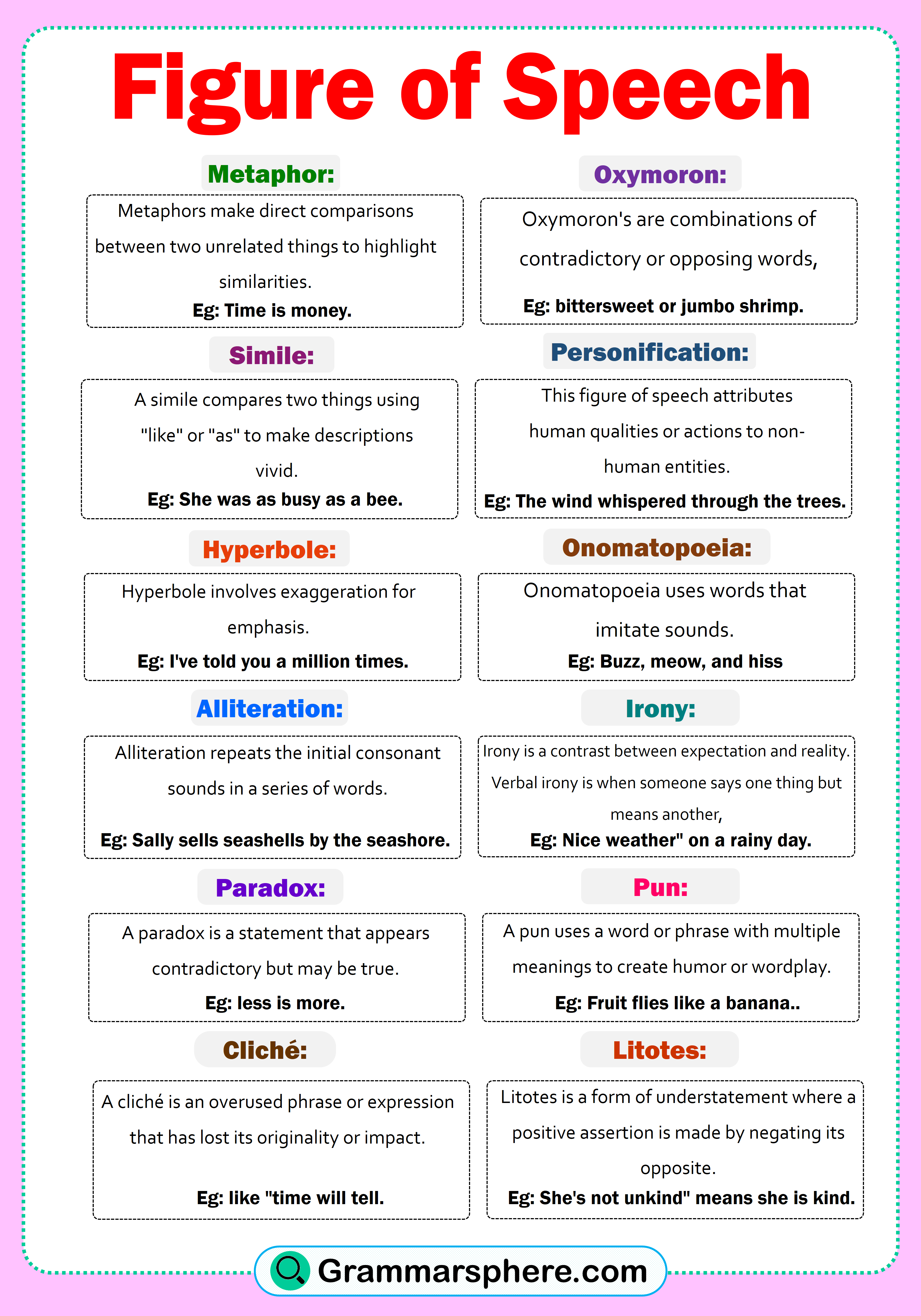
FAQS
What are the 12 figures of speech in English?
Simile – Comparison using like or as.
Metaphor – Direct comparison without like or as.
Personification – Giving human traits to non-human things.
Hyperbole – Extreme exaggeration.
Oxymoron – Combining contradictory terms.
Irony – Saying the opposite of what is meant.
Pun – A play on words.
Alliteration – Repetition of consonant sounds.
Onomatopoeia – Words that imitate sounds.
Euphemism – Softer wording for something harsh.
Synecdoche – A part representing the whole.
Metonymy – Using a related term instead of the actual one.
What is an example of a figure of speech?
Metaphor – Time is a thief.
What are the 10 figures of speech?
Simile
Metaphor
Personification
Hyperbole
Oxymoron
Irony
Pun
Alliteration
Onomatopoeia
Euphemism
You May Also Like


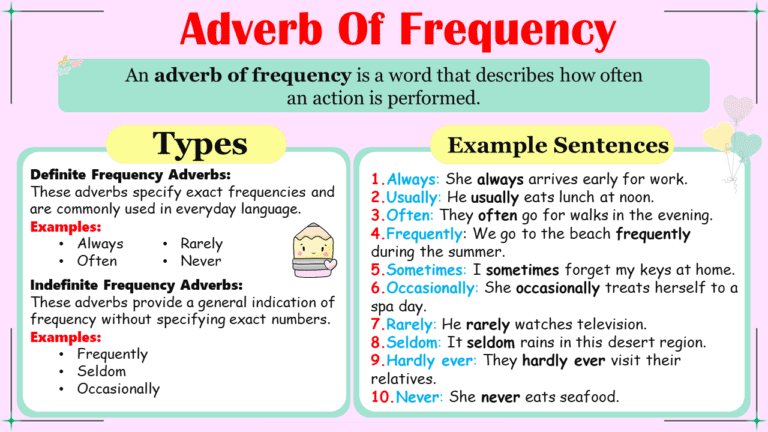
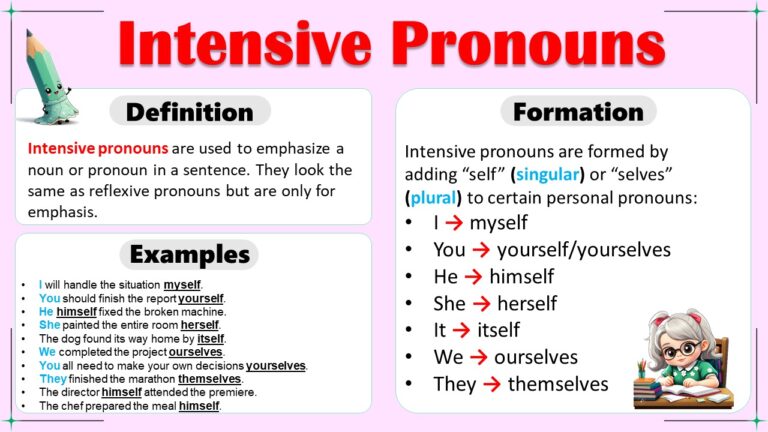

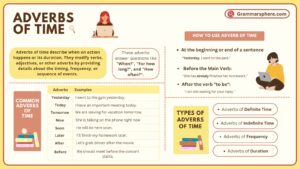

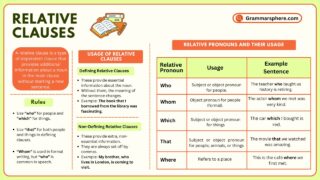
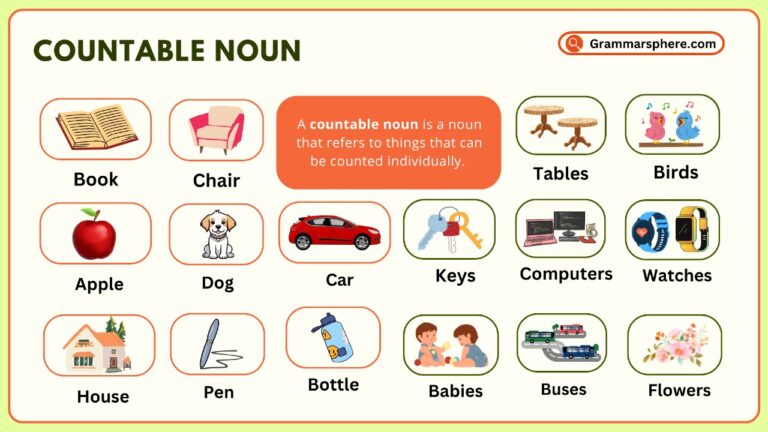
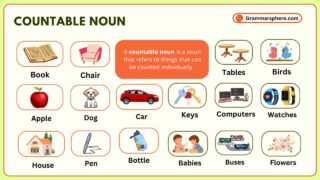
Leave a Comment